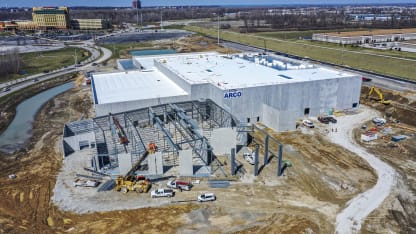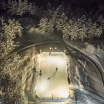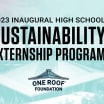The St. Louis Blues and Minnesota Wild, two Central Division rivals, are taking different paths toward the same goal when it comes to environmentally sustainable community ice skating rinks.
The Blues are building a practice facility from scratch, partnering with the City of Maryland Heights and the St. Louis Legacy Ice Foundation to open the $78 million St. Louis Community Ice Center in September.
The Wild opted to repurpose an existing structure for its TRIA Rink practice facility, which sits atop a previously vacant department store as part of a $70 million redevelopment project in downtown St. Paul.
"It's a great juxtaposition," Patrick Quinn, chairman of the Legacy Foundation, said of the two approaches. "It's trying to play all the various counteracting forces between the money, the environment, what's going on socially in your area and everything and just trying to figure out how to grow this game when there's no unlimited resources or there's not always access for folks."
There are approximately 4,800 indoor ice rinks across North America with an average age of more than 30 years. The NHL, through its Greener Rinks Initiative, seeks to highlight the benefits of adopting sustainable practices to further the future success of local rinks, old and new.




















